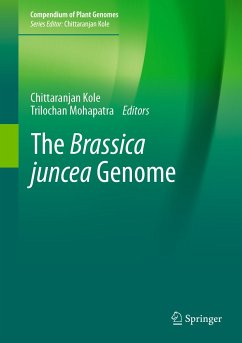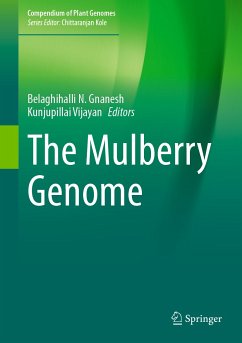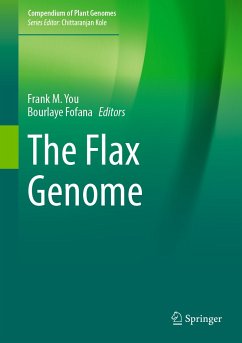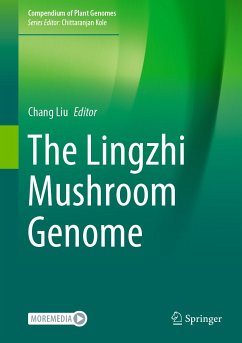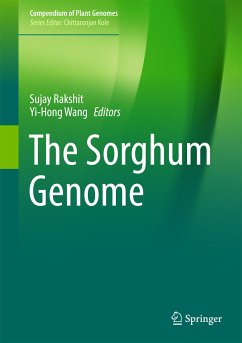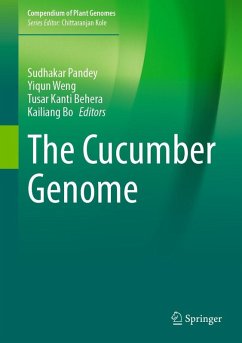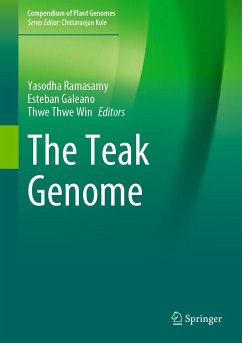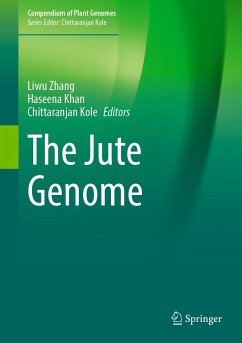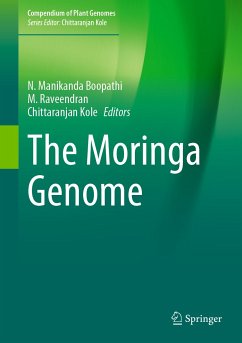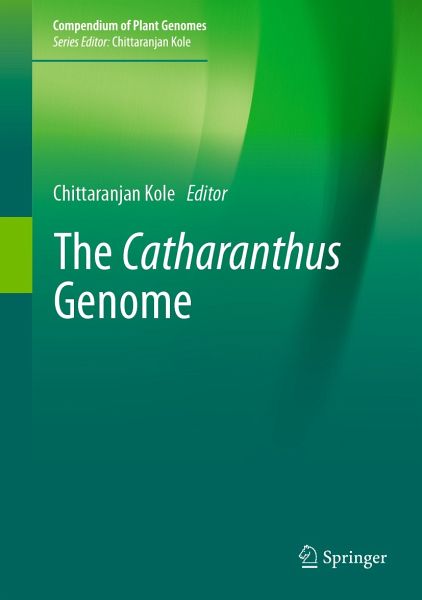
The Catharanthus Genome (eBook, PDF)
Versandkostenfrei!
Sofort per Download lieferbar
136,95 €
inkl. MwSt.
Weitere Ausgaben:

PAYBACK Punkte
68 °P sammeln!
This book is the first comprehensive compilation of deliberations on botany, medicinal importance, genetic diversity, classical genetics and breeding, in vitro biosynthesis, somatic embryogenesis, genetic transformation, molecular mapping, genome sequence, and functional genomics of Catharanthus roseus. Catharanthus is the most important medicinal plant in the world that contains about 130 therapeutic alkaloids out of which vinblastine and vincristine are the two highly used anticancer drugs sold by the pharmaceutically industries. Altogether, the book contains about 10 chapters authored by gl...
This book is the first comprehensive compilation of deliberations on botany, medicinal importance, genetic diversity, classical genetics and breeding, in vitro biosynthesis, somatic embryogenesis, genetic transformation, molecular mapping, genome sequence, and functional genomics of Catharanthus roseus. Catharanthus is the most important medicinal plant in the world that contains about 130 therapeutic alkaloids out of which vinblastine and vincristine are the two highly used anticancer drugs sold by the pharmaceutically industries. Altogether, the book contains about 10 chapters authored by globally reputed experts on the relevant field of this plant. This book is useful to the students, teachers and scientists in the academia and relevant private companies interested in horticulture, genetics, breeding, pathology, entomology, physiology, molecular genetics and breeding, in vitro culture and genetic engineering, and structural and functional genomics. This book is also useful to pharmaceutical industries.
Dieser Download kann aus rechtlichen Gründen nur mit Rechnungsadresse in A, B, BG, CY, CZ, D, DK, EW, E, FIN, F, GR, HR, H, IRL, I, LT, L, LR, M, NL, PL, P, R, S, SLO, SK ausgeliefert werden.



